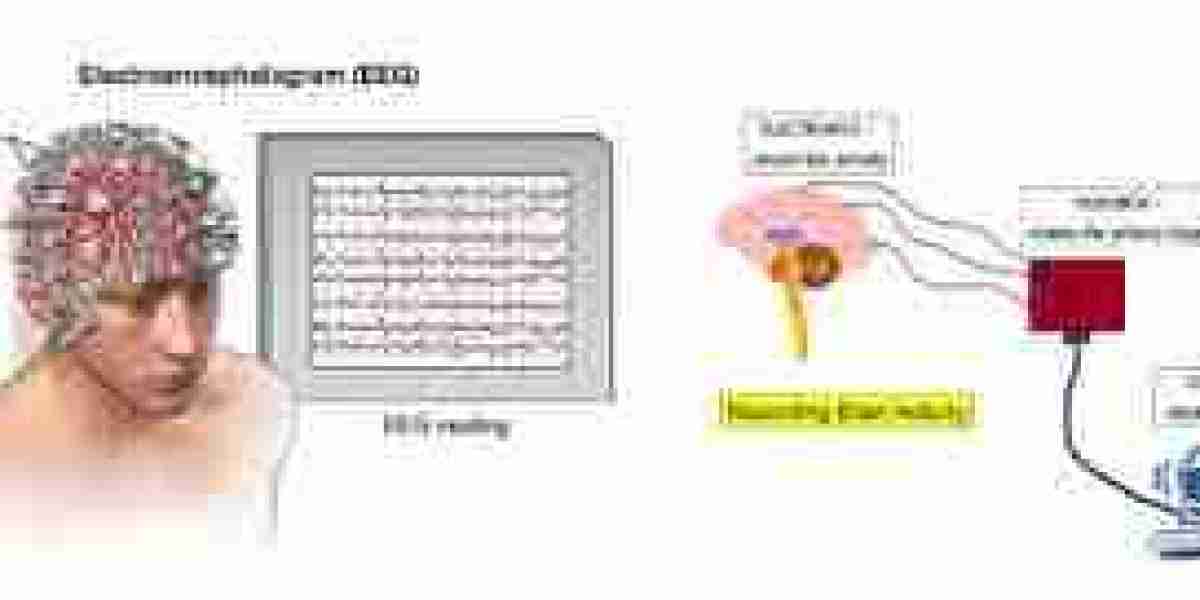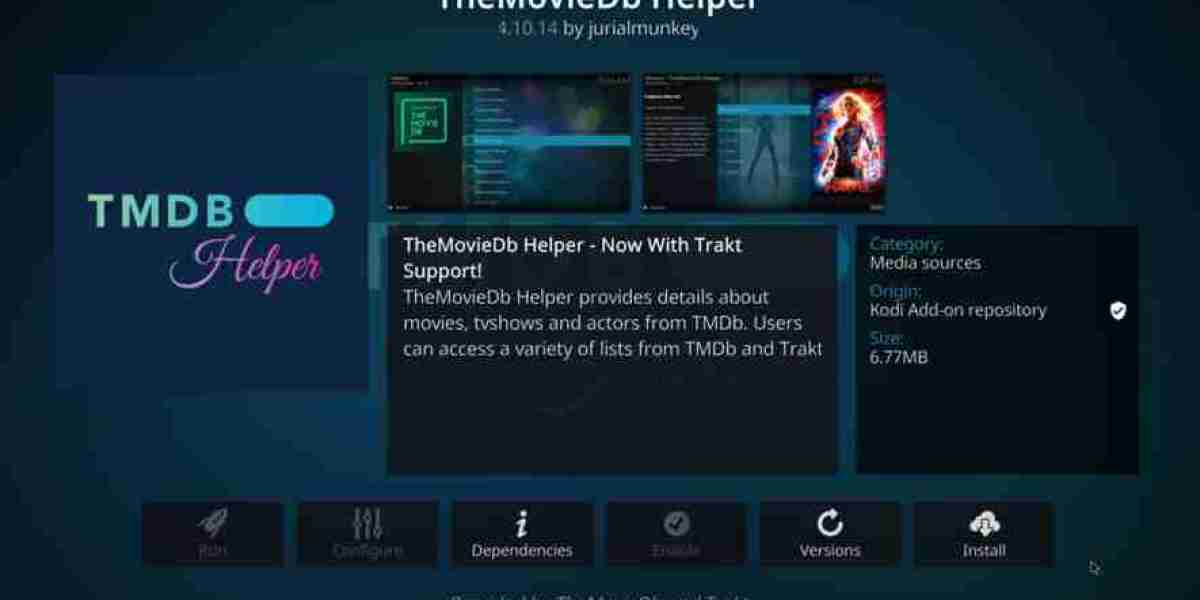Electroencephalograms (EEGs) are fascinating and invaluable tools in the field of medicine. They provide a window into the brain’s electrical activity, offering critical insights into various neurological conditions. In this comprehensive guide, we will explore what an EEG is, how it works, its uses, and what to expect during the procedure. Whether you are a medical professional, a patient, or simply curious, this article will give you a clear understanding of EEGs.
What is an Electroencephalogram (EEG)?
An electroencephalogram (EEG) is a non-invasive diagnostic test that measures the electrical activity of the brain. It records these activities using small electrodes placed on the scalp. The resulting patterns, displayed as wavy lines on a monitor or paper, reflect the brain’s activity levels and rhythms.
How Does an EEG Work?
The brain communicates through electrical impulses. Neurons transmit signals that can be detected through the scalp. Here’s a step-by-step breakdown of how an EEG operates:
Electrode Placement: A technician places small metal discs (electrodes) on the scalp using a conductive gel.
Signal Detection: The electrodes detect electrical signals from the brain.
Amplification and Recording: These signals are amplified and recorded for analysis.
Pattern Analysis: Specialists interpret the wavy patterns to identify abnormalities or specific brain activity.
Types of EEG Tests
EEGs come in several forms, each tailored for specific purposes:
1. Routine EEG
This test typically lasts 20 to 40 minutes and captures standard brain activity.
2. Ambulatory EEG
This portable EEG monitors brain activity over 24 to 72 hours while the patient goes about their daily activities.
3. Video EEG
Used in hospital settings, this test combines EEG recording with video monitoring to correlate brain activity with physical behavior.
4. Sleep EEG
This test focuses on brain activity during sleep, often to diagnose sleep disorders or epilepsy.
Why is an EEG Performed?
EEGs are essential for diagnosing and monitoring various conditions, including:
1. Epilepsy
EEGs can detect abnormal brain waves associated with seizures, aiding in the diagnosis and management of Epilepsy.
2. Sleep Disorders
Conditions like insomnia, sleep apnea, and narcolepsy often require EEGs for accurate diagnosis.
3. Brain Injuries
Head trauma or concussions may disrupt normal brain activity, which EEGs can identify.
4. Neurological Disorders
Diseases such as Alzheimer’s, Parkinson’s, and Huntington’s can show distinctive EEG patterns.
5. Brain Tumors and Strokes
EEGs help locate abnormalities caused by tumors or strokes.
6. Monitoring Brain Function
In intensive care units, EEGs monitor brain activity in patients under anesthesia or in comas.
How to Prepare for an EEG
Proper preparation can enhance the accuracy of an EEG. Here are key steps to follow:
Wash Your Hair: Avoid using hair products before the test.
Avoid Caffeine: Caffeine can affect brain activity and should be avoided for at least 8 hours before the procedure.
Take Medications: Follow your doctor’s instructions regarding medication use.
Sleep Adjustments: Some EEGs may require you to sleep less or stay awake before the test.
What Happens During an EEG?
The EEG procedure is straightforward and painless:
Preparation: The technician places electrodes on your scalp after cleaning the area.
Recording: You relax in a chair or bed while the machine records your brain activity.
Stimulation: You might be asked to perform specific tasks, such as breathing deeply or looking at flashing lights.
Completion: Once the recording is complete, the electrodes are removed.
Are There Any Risks Involved?
EEGs are safe and non-invasive. However, certain patients, particularly those prone to seizures, may experience them during the test due to triggers like flashing lights. Medical staff are always present to handle such situations.
Interpreting EEG Results
The EEG results are analyzed by a neurologist. Here’s what the patterns might indicate:
Normal Patterns: Indicate typical brain function.
Abnormal Patterns: This may suggest epilepsy, brain injuries, or other neurological disorders.
Slow Waves: Could point to brain damage or swelling.
Spikes and Sharp Waves: Often associated with seizure activity.
Advances in EEG Technology
Modern technology has revolutionized EEGs, making them more efficient and versatile. Key advancements include:
1. Digital EEGs
These provide clearer, more detailed recordings and easier storage compared to older analog systems.
2. Wireless EEGs
Portable devices allow for continuous monitoring in real-life settings.
3. AI Integration
Artificial intelligence aids in faster and more accurate interpretation of results.
4. High-Density EEGs
These use more electrodes for detailed brain mapping, enhancing diagnosis precision.
Common Myths About EEGs
1. "EEGs Are Painful"
EEGs are entirely painless as they only measure electrical activity.
2. "EEGs Can Read Thoughts"
While EEGs detect brain activity, they cannot decode thoughts or emotions.
3. "EEGs Are Only for Epilepsy"
EEGs are used for diagnosing various neurological and sleep disorders.
4. "EEGs Emit Radiation"
EEGs are non-invasive and do not involve radiation.
Who Interprets EEG Results?
A trained neurologist reviews and interprets EEG results. They correlate the patterns with your medical history and symptoms to provide an accurate diagnosis and treatment plan.
EEG in Research and Beyond
Beyond clinical use, EEGs have become valuable tools in research and technology:
Brain-Computer Interfaces: Allow individuals to control devices with their thoughts.
Cognitive Studies: Help understand attention, memory, and learning processes.
Mental Health Research: Provide insights into anxiety, depression, and other disorders.
Final Thoughts
Electroencephalograms play a vital role in diagnosing and understanding brain-related conditions. Their non-invasive nature, coupled with technological advancements, ensures they remain a cornerstone of neurological care. If you need an EEG, understanding the process and its benefits can ease your concerns and prepare you for the procedure.
EEGs offer a unique glimpse into the brain’s activities, contributing to better health outcomes and groundbreaking research. Whether you’re a patient, a healthcare professional, or a curious learner, the study of EEGs unveils the intricate workings of the human mind.




